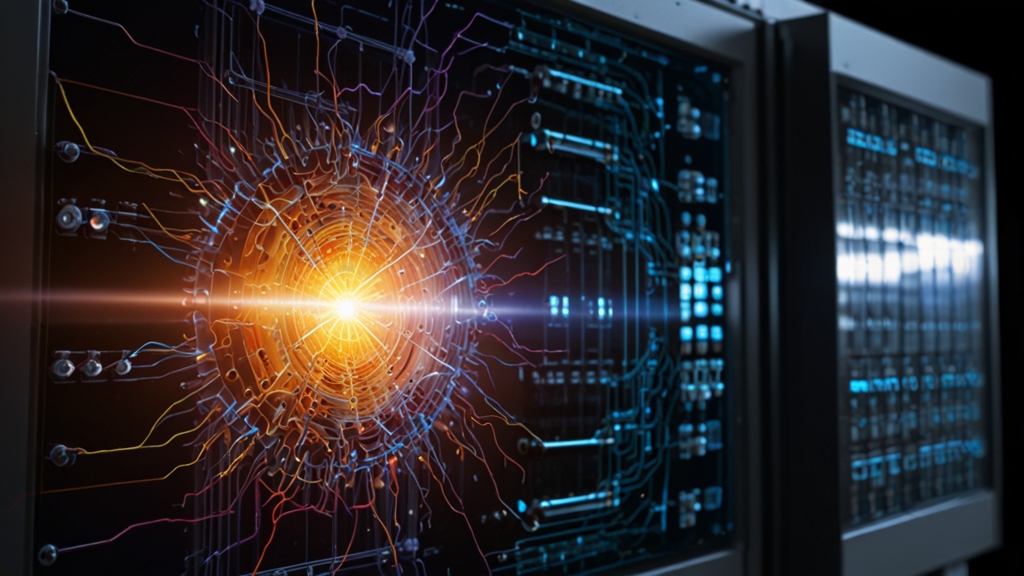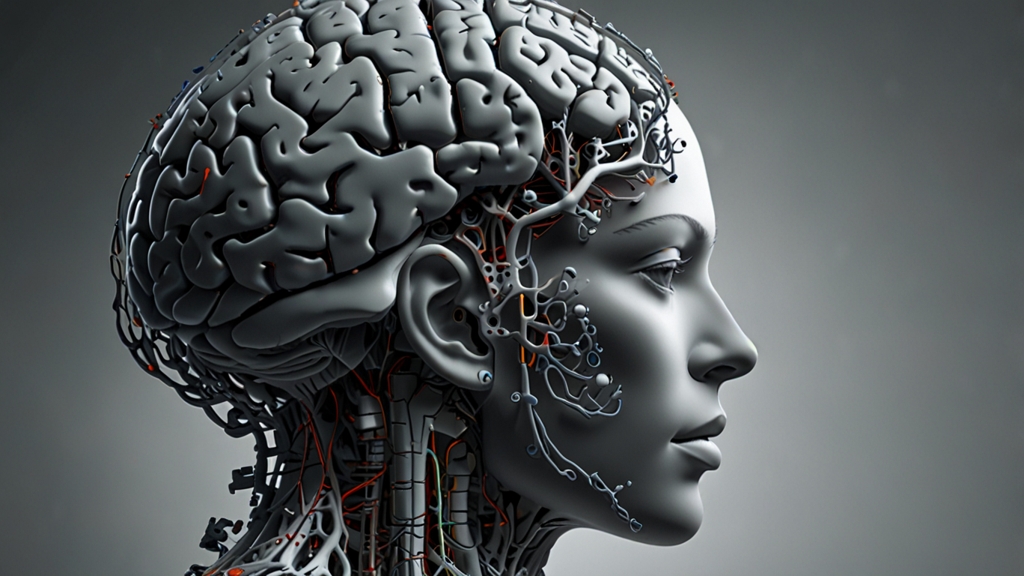From Energy to Matter: Understanding E=mc²
One of the most famous equations in physics, E=mc², is encapsulated in Albert Einstein's theory of relativity. This equation, despite its apparent simplicity, revolutionized our understanding of the relationship between energy (E) and matter (mass, m), with c representing the speed of light in a vacuum. This concise formula has profound implications, suggesting that energy and matter are interchangeable and revealing deeper insights into the nature of the universe.
The Basics of the Equation
At its core, E=mc² states that energy is equal to mass multiplied by the speed of light squared. Given that the speed of light (c) is approximately 299,792,458 meters per second, this equation underscores the immense amount of energy contained within even a small amount of matter. This explains why nuclear reactions, which involve conversions between matter and energy, can release tremendous amounts of energy. The speed of light squared (c²) acts as a conversion factor, illustrating just how much energy can be generated from mass.
Historical Context
Developed in the early 20th century, E=mc² emerged as a cornerstone of Einstein’s Special Theory of Relativity, published in 1905. This theory altered our understanding of space and time by addressing inconsistencies in Newtonian mechanics, especially at high velocities near the speed of light. The brilliance of Einstein's equation lies not only in its theoretical insights but also in its practical applications, particularly in the realm of nuclear physics where it explains the binding energy of atomic nuclei.
Practical Applications
The implications of E=mc² are not just theoretical. One of the most notable applications is in nuclear power and weaponry. In both nuclear fission (splitting atoms) and fusion (combining atoms), small amounts of matter are converted into enormous amounts of energy, as dictated by the equation. This principle powers the sun and other stars, where hydrogen nuclei fuse to form helium, releasing vast quantities of energy.
"E=mc² may suggest that matter is nothing but energy condensed into a very dense form. The conversion of matter to energy is seen in every shining star, implying that this equation is not just a mathematical curiosity but a foundation of the physical universe." - Dr. Robert Matthews
Philosophical Implications
Beyond its scientific impact, E=mc² has sparked philosophical debates about the nature of reality. If matter and energy are interchangeable, what does that mean for our understanding of the physical world? Are mass and energy the fundamental building blocks of everything, or just two sides of the same coin? These questions continue to intrigue physicists and philosophers alike, leading to an ever-deepening inquiry into the fabric of existence.
Modern Interpretations and Research
Even over a century later, E=mc² remains at the heart of cutting-edge research. Modern particle accelerators, like the Large Hadron Collider, rely on this equation to predict and measure the outcomes of high-energy collisions. Additionally, advancements in cosmology and quantum mechanics often revisit the principles underlying E=mc² to deepen our understanding of phenomena such as black holes and dark matter.
"In the grand scheme of things, E=mc² has not just taught us about the vast energy potential in matter but also united the distinct worlds of mass and energy, suggesting a more profound unity in the physical laws of the universe." - Dr. Karen Mills
Conclusion
Understanding E=mc² is essential not merely for appreciating its role in physics but for recognizing its broader implications on how we perceive the universe. From powering the sun to underpinning modern scientific research, this equation continues to illuminate the interconnectedness of energy and matter, offering a glimpse into the underlying unity of all things. As we delve deeper into the mysteries of the cosmos, E=mc² stands as a testament to the enduring power of human curiosity and ingenuity.








